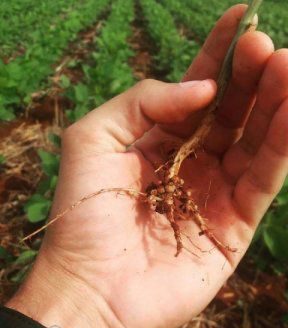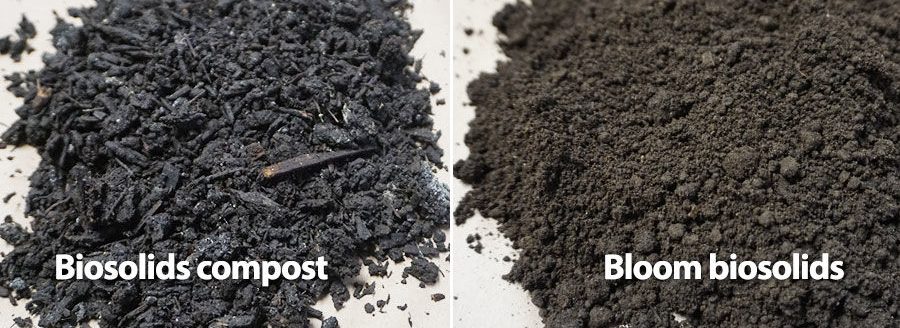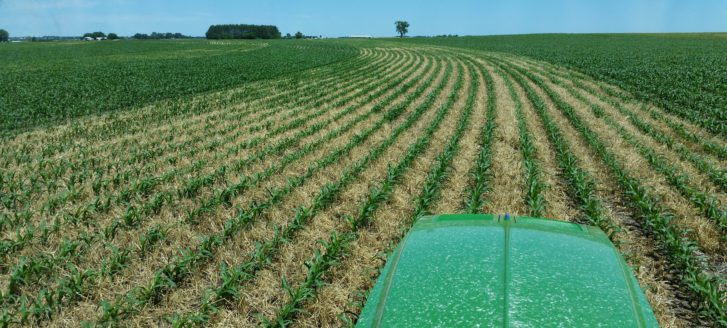It’s dry and it’s time to topdress
Normally the alarm for beginning wheat topdressing gets sounded right away in early January. However, it might be an understatement to say this year has been dry so far—“drier than a popcorn fart” may be a better description. At the time of writing this, a significant portion of the Oklahoma wheat belt has now gone 90+ days with less than 0.25 inch of rain.
Because it has been dry and no significant rain is in the current forecast, the question is what do we do now about topdressing? This is a tough question to answer as there is not a really “good” option at the moment to be honest. Here are some thoughts to consider:
In the parts of the state where it is dry and dry deeper than the majority of the rooting zone (> 6 inches), we should not worry about filling up the nitrogen tank as long as the water tank is empty. As it stands currently, the best option is to hold off for now and wait to apply topdress N right in front of a real chance of rain. The good news is we still have some time yet to get N applied and not limit yield potential if we do get that rain. Ideally, we need the N down in the rooting zone just prior to jointing. Several things, including the number of potential grain sites, are determined just prior to jointing and it is imperative that the plant has the fuel it needs to complete these tasks. Jointing occurs around the end of February in southern Oklahoma and around the second week of March in northern Oklahoma. Jointing also marks the beginning of rapid nitrogen uptake by the plant that is used to build new leaves, stem and the developing grain head. The nitrogen stored in these plant parts will be used to fill the grain later in the season and the plant is dependent on this stored nitrogen to complete grain fill. And while it does seem like it right now, we still have the potential to make a decent crop if we can get rain before we break winter dormancy. If we do not get the rain though soon, as it is appearing, we will not have spent as much money on this crop by holding off on topdress N and the likelihood of getting the return on our N investment goes down as our yield potential goes down.
What we can and should do right now is apply N-rich strips. An N-rich strip can help put your mind more at ease by taking the guesswork out of knowing if nitrogen needs to be applied and how much should be applied. The N-rich strip can be as simple as using a small lawn fertilizer spreader with a bag of urea. Your local county extension educator can also provide more information on N-rich strips and even has access to lending small fertilizer spreaders.
For those producers who have too much ground and cannot cover all of it just prior to a rain or for those who want to apply now as they are worried about nitrogen being limited after it does start raining, here are few more considerations:
For conventional-tilled fields that have limited to no residue, applying UAN through streamer nozzles is an okay option. Why? With UAN, there is a very high percentage of soil-fertilizer contact. This immediately improves the efficiency compared to urea. In fields with crop residue, flat fan nozzles are not recommended right now as the likelihood of N tie-up is too high.
For no-till fields, the two big concerns are ammonia (NH3) volatilization with dry urea and tie-up on the residue with liquid UAN. Picking the best option in this scenario is a much tougher decision with not a real good conclusion. So, here it goes. If there is tall standing stubble with dry soil below, the dry urea gets the edge. Why? If the stubble is not in a mat, the urea prill can work its way down towards the soil surface. If it can get there and it is out of the high winds, it will remain there until we get a rain, heavy dew or increase in humidity. Is there still a chance for loss due to volatilization? Absolutely. Again, it goes back to whether there is any chance that you can wait to apply?
There have been some questions about using urease inhibitors with broadcasting urea. That is a good question, but it is hard to make an argument for their use until we get a good chance of rain in the 10-day forecast. Typically, these products do not have the life span to hold off urease (i.e., the enzyme that breaks urea into NH3) for more than 10 to 12 days.
The latter points also apply to those who use the local co-op or ag retailer for application. Some of these groups require 30 days or more to cover all of the acres they service.
Since it is dry and we still have some time yet to apply N, this may turn out to be the perfect year to topdress urea with a grain drill. For those interested in this method, you can find research results from last year on this topic, as well as a calibration guide, by visiting https://osunpk.com/2015/08/28/some-thoughts-on-pre-plant-nitrogen-and-a-little-outside-the-box-thinking/. You can visit this same post for more information about nitrogen applications that are “thinking outside the box.”


